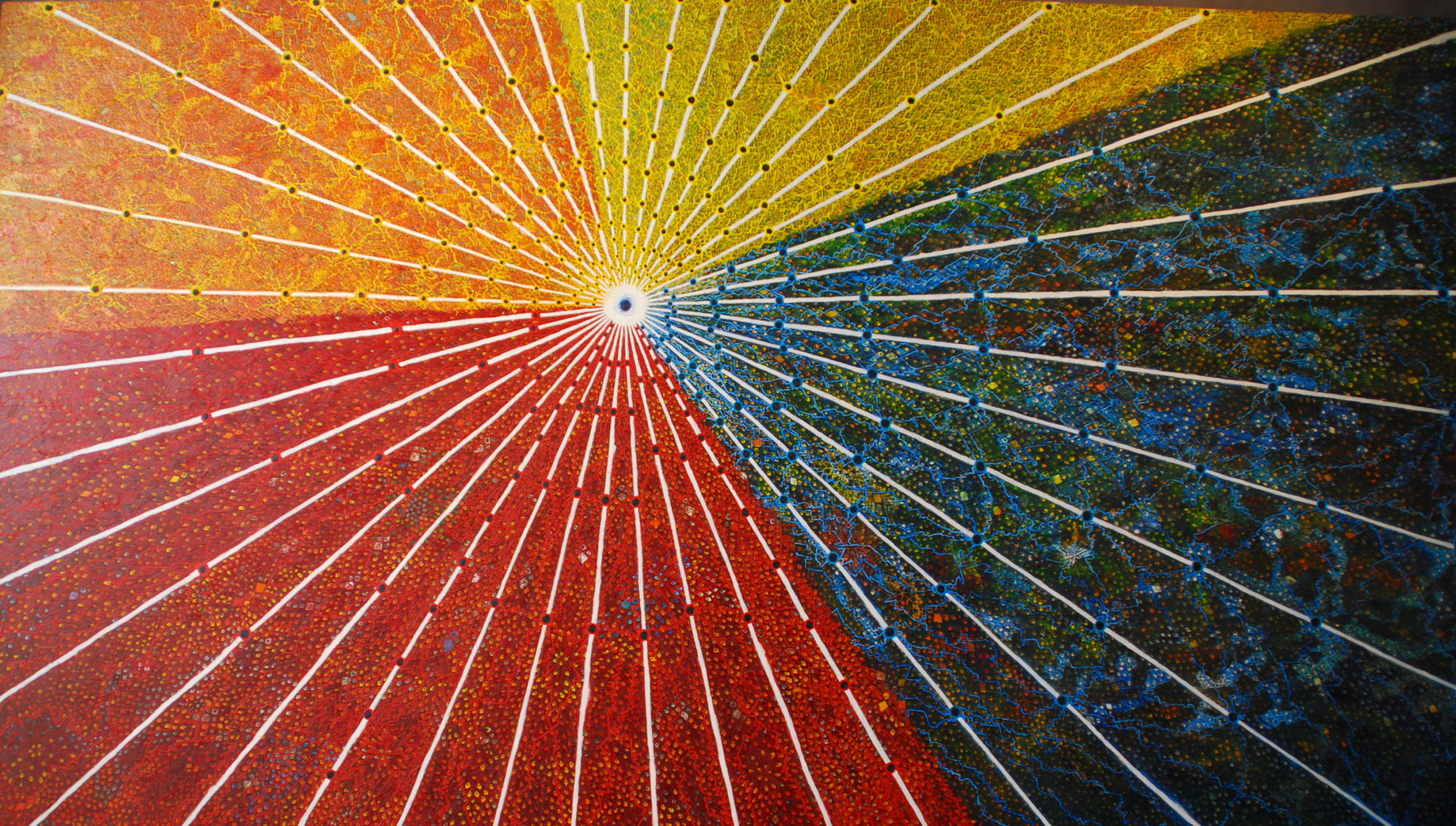So far on this trip we’ve been lucky. We’ve had a pair of underwear and a tanktop disappear at the laundry. We left a headlamp somewhere in Nicaragua (probably the very first night). We managed to lose an ATM card in Vietnam, but despite not noticing that the card was missing for a day since we last used it, no one else tried to use it, and we were able to cancel it without consequence. We also had thought ahead and brought another ATM card for a separate account, so we were able to keep on getting money without trouble. But Monday morning our number came up.
We were on the train from Jhansi to Varanasi, in the 2AC sleeping compartment. We locked our big bags to the chains underneath our beds. All our most important valuables–our passports, our ATM and credit cards, and our cash–were in the secret pockets my mom had sewn inside our pants before we left. We were safe.
We’d traveled in the 2AC sleeper on the Indian trains multiple times on this trip. They’re fairly nice, comfortable enough, and uncrowded, occupied mainly by other tourists and upper class Indians. For the average Indian, the cost of riding in this class is prohibitive though we find the tickets to be relatively cheap. Anyhow, the compartments, don’t have doors, but a set of four beds (two bunks) is closed off to the aisle by a curtain. It’s always felt quite secure. The only people that are supposedly allowed in these cars are those with bunks in it. It’s impossible to walk from other sections into this section, and a guy stationed outside is supposed to be only letting on those with proper tickets.
So, boarding the train at 10:30, we immediately made up our bunks, pulled the curtain closed, and climbed in bed. Jeff and I had the two bottom ones. An Indian business traveler had the one above Jeff. The one above me stayed empty. All of our stuff was secured, except for my purse (an LL Bean Travel Touring Bag). There was nothing of real value in the purse. It just contained things I like to carry around with me on a daily basis, as well as a few things I might need at night. So, because I want to have easy access to toilet paper in case I have to run to the bathroom, the headlamp to see in the darkened train car, my glasses so I don’t stumble into the hole that serves as a toilet, I sleep with my purse curled up next to me in bed. I’ve done this on every train we’ve taken for the past year. I’m a light sleeper. It’s right next to me. No one but the people in my little compartment can see my anyhow. It’s safe.
Except not this time. Monday morning, at 6:45 am, I woke up. I wasn’t sure what had woken me up, but it was something. I was groggy. I looked around. I noticed the curtain in front of my bed had been pulled aside. I thought this was odd, but my first thought was that a passing person or their luggage had pulled it. I sat up in bed and pulled it back closed. I laid down again. And I then immediately realized my purse was gone. I woke Jeff.
What had happened was that someone had pulled open my curtain, grabbed the bag from next to my sleeping body, and ran off. This is obvious now. But when you just wake up, your brain isn’t functioning that quickly. Our first instinct was to look around our compartment. It couldn’t have gone anywhere, right. I mean, it was right next to my body for Pete’s sake. But no, it was gone. We tried to get help, but it was futile. No one around us claimed to have seen anything. We couldn’t find a staff member that spoke English for the life of us. We looked around and found nothing. And at the next stop, when Jeff hopped off and talked to a police officer, the best they could say was “You’ll never see it again.” Thanks. Very helpful.
The best we can figure is that someone managed to slip on our train at one of the many stops. They peeked in curtains and at mine (unfortunately, the second compartment from the door) they got lucky. I was unlucky. I had just kicked off my blankets because I was hot. Until then, my purse had been covered up along with me. They grabbed for my purse, which was right near my waist. At 6 am, the strap had been under me. I know that because I woke up then because the guy sharing our compartment had just gotten up, and I readjusted the strap because it was bothering me. In the next 45 minutes, the strap came unsecured from me. I figure the movement of the thief grabbing my bag from beside me woke me. I assume the asshole ran off with my bag in hand. I took just a bit too long to register what happened. We looked inside instead of outside. We gave humanity the benefit of the doubt for a second too long. And by the time, the realization of it struck, the train was in motion and the thief and my bag were long gone.
Above everything, I’m pissed. I’m pissed that there are such shitty people in the world. I’m pissed that someone would violate me like that. I’m pissed that this person has made me feel so angry toward India. And I’m pissed because there’s not hardly a single damn thing in my purse that’s worth a dime to anyone else, but there is stuff in there that, though worth nothing, is valuable to me. I would certainly like to have my glasses back. Getting my driver’s license replaced (the only card of any sort in the purse) is going to be a pain in the ass. I could certainly use the hand sanitizer in this dirt pit of a country. But what I most want is my little notebooks, the little tiny books in which I keep track of our expenses, write down the email addresses of people I meet, scribble notes about things I see, jot down to-do lists. It’s all completely meaningless to anyone else. I’m pretty sure that the notebooks have probably already been thrown into one of the million and one heaps of trash in this country. And while I’d like to get some satisfaction out of the fact that the low-life thief got nothing for his crime, I can’t. I’m just pissed. I’d gladly hand over a few bucks or whatever else they can find some use for if they’d just give me back my stupid notebooks.
(P.S. If you’re reading this blog because we met you somewhere during our journey and we exchanged info, could you please email us? I’m sorry to say but some Indian lowlife now has your email address.)
(P.P.S. Yes, we are insured. We have a World Nomads policy that covers theft, and we will be filing a report. But like I said before, it’s not the replaceable stuff that I want back. Argh!)
(P.P.P.S. Thanks, Mom, for the secret pockets. They’re a lifesaver!)
(P.P.P.P.S. I apologize for the language in this post, but I’m pissed!)





































You must be logged in to post a comment.